Faculty-Student Partnerships in Curriculum Design and Review
The Scholarly Teacher
MARCH 20, 2024
One of the foundational studies in this field is Healey, Flint, and Harrington's (2014), offering a conceptual model that outlines student engagement through partnership with faculty through four pathways: assessment projects, curriculum consultation, subject-based research, and SoTL (see Figure 1).

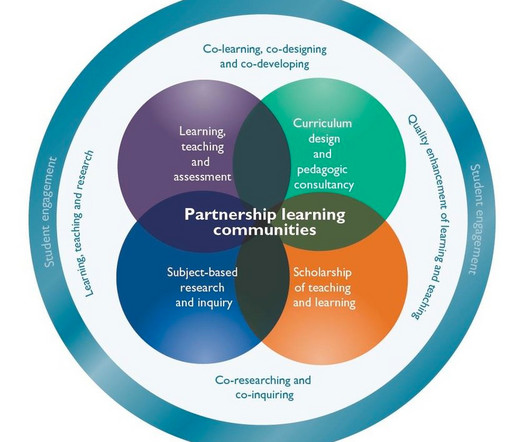


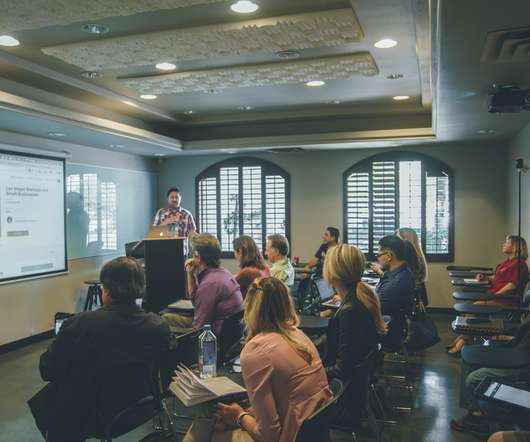

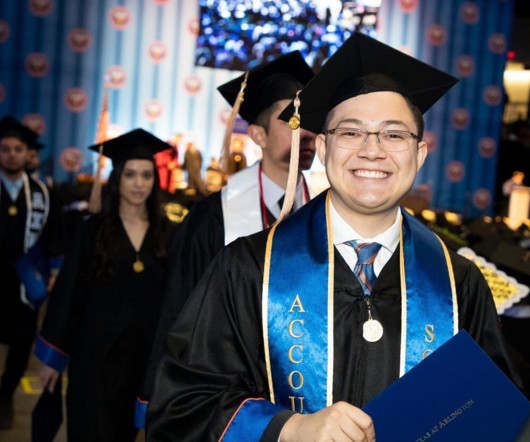
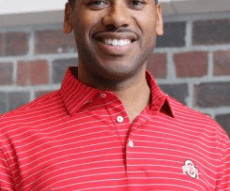

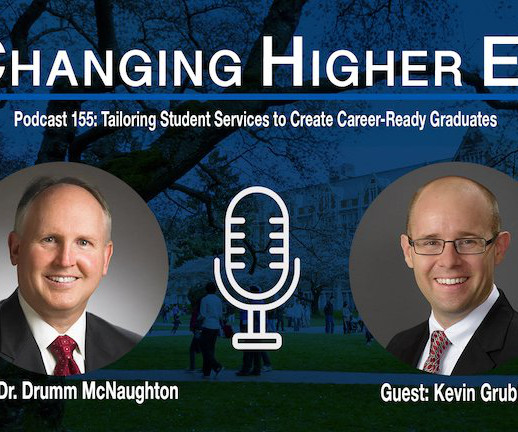








Let's personalize your content